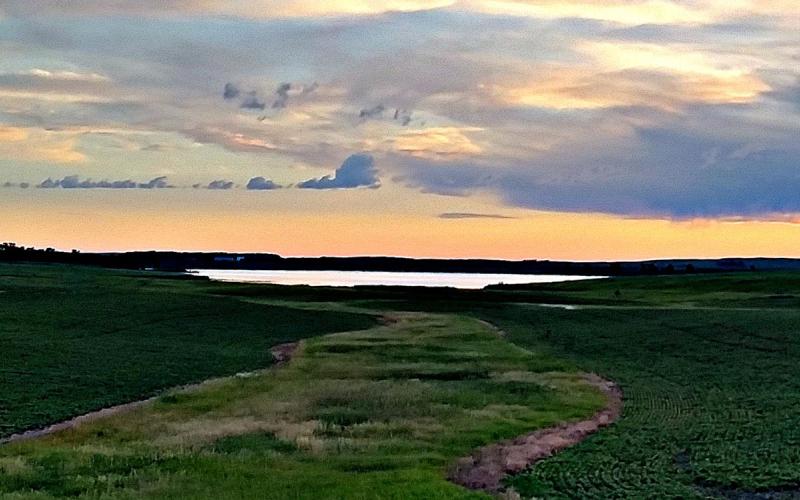Written by Samuel Kucia under the direction and review of David Kringen and Joshua Stafford, Assistant Professor, SDSU Department of Natural Resource Management and Assistant Unit Leader to USGS SD Coop Unit.
The Prairie Pothole Region stretches across parts of the north-central United States and southern Canada, covering more than 770,000 square kilometers (297,000 square miles). Shaped by retreating glaciers thousands of years ago, this landscape is dotted with millions of shallow depressions that fill with water from snowmelt and rainfall. Known as prairie pothole wetlands, these features are one of the most ecologically important habitats in North America.
Prairie wetlands vary in size from a fraction of an acre to several acres, but most are small and shallow. Their seasonal and sometimes unpredictable water levels create a diverse range of wetland types that support an incredible variety of plants and animals. More than half of North America’s ducks breed in the Prairie Pothole Region, and over 200 other bird species use these wetlands for breeding or as stopover sites during migration. Beneath the surface, they host rich communities of amphibians, aquatic plants, and invertebrates that form the foundation of a complex food web.
The benefits of prairie wetlands extend far beyond wildlife. These wetlands filter pollutants and excess nutrients from agricultural and urban runoff, trap sediment, recharge groundwater, and store floodwater. Even when they dry out seasonally, many of these functions continue, making them important year-round.
Despite their value, prairie pothole wetlands are disappearing. Since European settlement, more than half have been drained for conversion to agriculture and development, and in some areas, losses exceed 90 percent. The region’s fertile soils and relatively flat topography make it ideal for farming, but wetland drainage comes at a cost. The loss of these small basins means less wildlife habitat, reduced water quality, and greater flood risks.
Conserving and restoring prairie wetlands is critical to maintaining the health of both the landscape and the communities that depend on it. Restoration can return many of the functions and values that are lost when wetlands are drained, but making the most of these efforts requires knowing where wetlands once existed and which sites have the greatest potential for success. Protecting and restoring these ecosystems benefits everyone including fish, wildlife, and the public alike.
